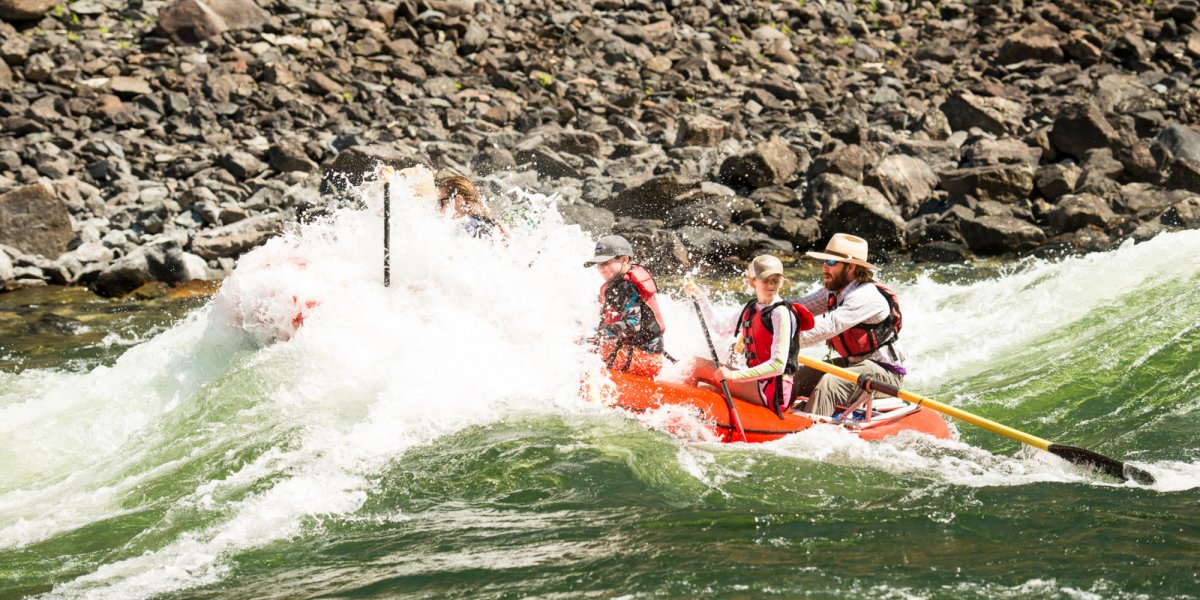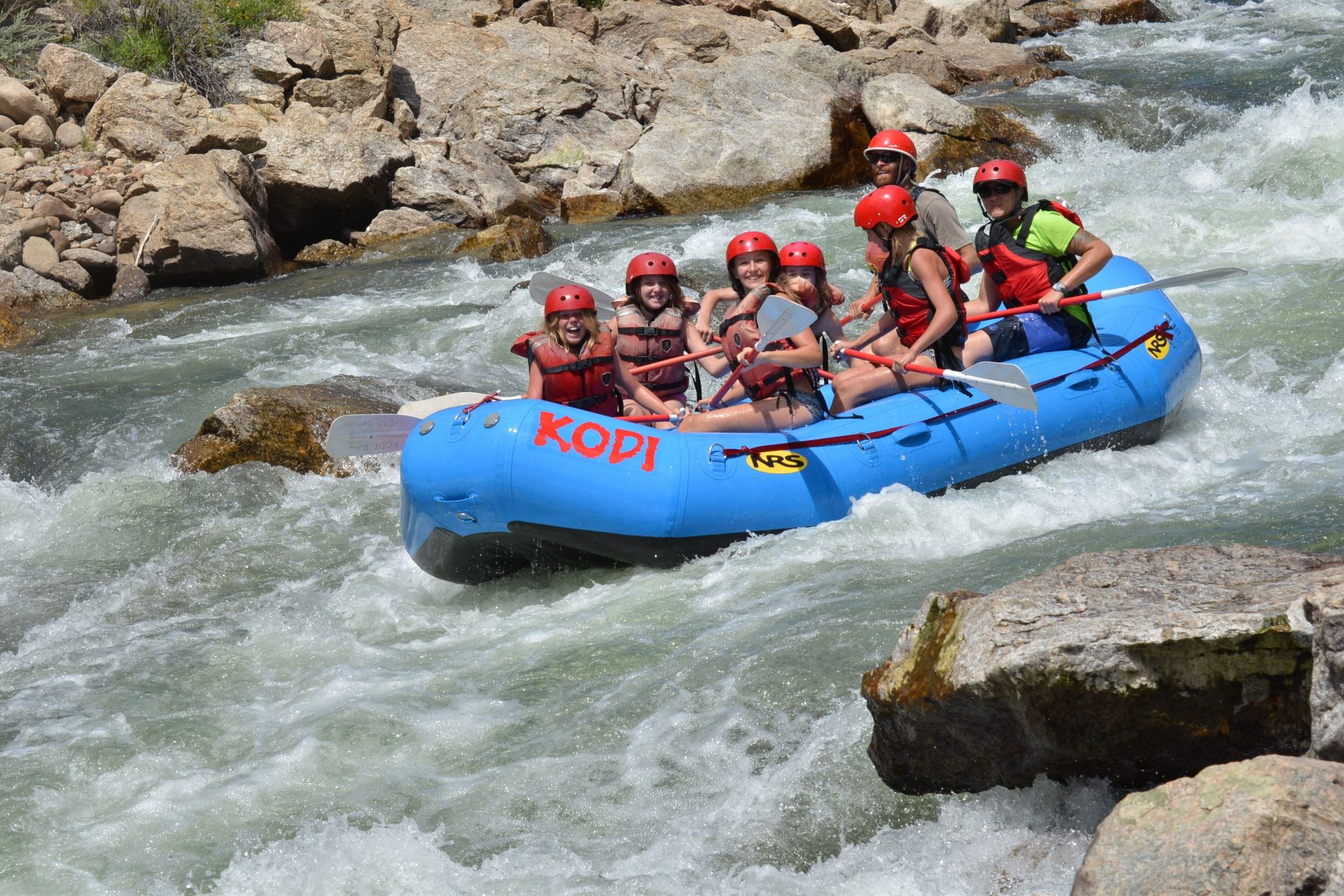class iii rapids definition
The classes of rapids are I II III IV V and VI. Powerful turbulent and.

How River Rapids Are Classified
Waves usually 2-3 feet high passageways contain some obstacles.

. Class IV big drops will jump-start your heart as you paddle through the intense whitewater. Currents hydraulics will feel stronger possibly channeling between brief narrow passages such as boulders or a cliff wall. International scale of river difficulty.
Rapids that are at the lower or upper end of this difficulty range are designated Class III- or Class III respectively. Paddlers should have prior Class IV or better whitewater experience with experienced guides who know the river. The lowest class level I is the safest and easiest and the highest class VI is the most difficult and dangerous.
The rapids may feature large unavoidable waves and holes or constricted passages demanding fast. Marked limitation of ordinary activities eg walking 1-2 blocks or climbing stairs under normal circumstances. Major hazards are easily avoided.
Class II Rapids. The most common rapid classification system is the International Scale of River Difficult y where whitewater is categorized into six classes. Best for young children and tentative adults.
Honestly speaking I dont consider long stretches of calm water interrupted by 6-inch diameter stones rapids. According to the STB and American Short Line Regional Railroad Association ASLRRA the 2016 definition of a short line is any earning an annual operating. Rivers with Class I II water interspersed with Class III rapids.
Class II splashes will get your legs wet just over the side of the boat. Using a self-guided watercraft is an option. Class III rapid at Canolfan Tryweryn Wales.
Rivers with Class I flat water interspersed with occasional Class II rapids. The scale was created by the American Whitewater Association to evaluate rivers throughout. The upper limit of what is possible in a commercial raft.
Rapids with moderate irregular waves strong eddies and currents. Class III rapids feature waves up to 4 or 5 feet tall that will crash over the bow. Class III wet and fun rapids will get you soaked head to foot.
Scouting is recommended for inexperienced paddlers. Complex manoeuvres and good boat control are required. The most widely used citation needed grading system is the International Scale of River Difficulty where whitewater either an individual rapid or the entire river is classed in six categories from class I the easiest and safest to class VI the most difficult and most dangerousThe grade reflects both the technical difficulty and the danger associated with a.
A rapids grade can change since its rafting difficulty varies depending on water. As always even for intermediate and advanced rafters going with a licensed rafting company and guide. As always even for intermediate and advanced rafters going with a licensed rafting company and guide.
Extremely Difficult Exceedingly difficult long and violent rapids following each other almost without interruption. Class 6 rapids are considered hazardous even for expert paddlers using state-of-the-art equipment and come with the warning danger to life or limb Skill Level. This is traditionally the type of trip that an outfitter would take a family with no experience out on.
Intense and powerful but predictable rapids requiring precise boat handling in turbulent water. Technically speaking a Class 2 rapid set is the beginning of what is considered White Water Rafting. Extremely difficult long and very violent rapids with highly congested routes which should be scouted from shore.
Class I moving water will let you comfortably float down the river. Rapids are areas of shallow fast-flowing water in a stream. There are six classes of whitewater rapids ranked based on how challenging they are to navigate.
Complex manoeuvres and good boat control are required. Rescue conditions are difficult and there is a significant hazard to life in the event of a mishap. Class III wet and fun rapids will get you soaked head to foot.
River rapid classes increase with the degree of difficulty of paddling rapids in the river. The international scale of river difficulty is an American system used to rate the difficulty of navigating a stretch of river or a single sometimes whitewater rapid. Dan had sussed it out now it was my turn.
The danger of capsizing your raft generally starts with a. Boats will shimmy and jolt with the increased punch of these larger waves but generally the jolt is brief with calmer and wider. Class V violent rapids will really get your adrenaline pumping.
Rapids tend to form in younger streams with water flow that is straighter and faster than in older streams. Intense powerful but predictable rapids requiring precise boat handling in turbulent water. Slight limitation of ordinary activities eg after walking 2 blocks climbing one flight of steps under normal circumstances after meals in the cold wind in the morning or when under emotional stress.
Self-rescue is usually easy and injuries to swimmers are rare. Softer rocks in the streambed erode or wear away faster than harder rocksThis process is known as differential erosionThe result of differential erosion is that as the streambed wears away the. High adventure of class V rafting can be found on the Wind.
Waves 1-2 feet high. Short lines whose designation by the Surface Transportation Board STB is a Class III carrier which includes terminal and switching lines make up the bulk of todays freight railroads.

The Different Classes Of Rapids Explained

Whitewater Rafting Rapid Classes Demystified Youtube

Class Iii Rapids Fun Class Vi Rapids Death The Active Times

The Most Dangerous Rapids In The World Slideshow The Active Times
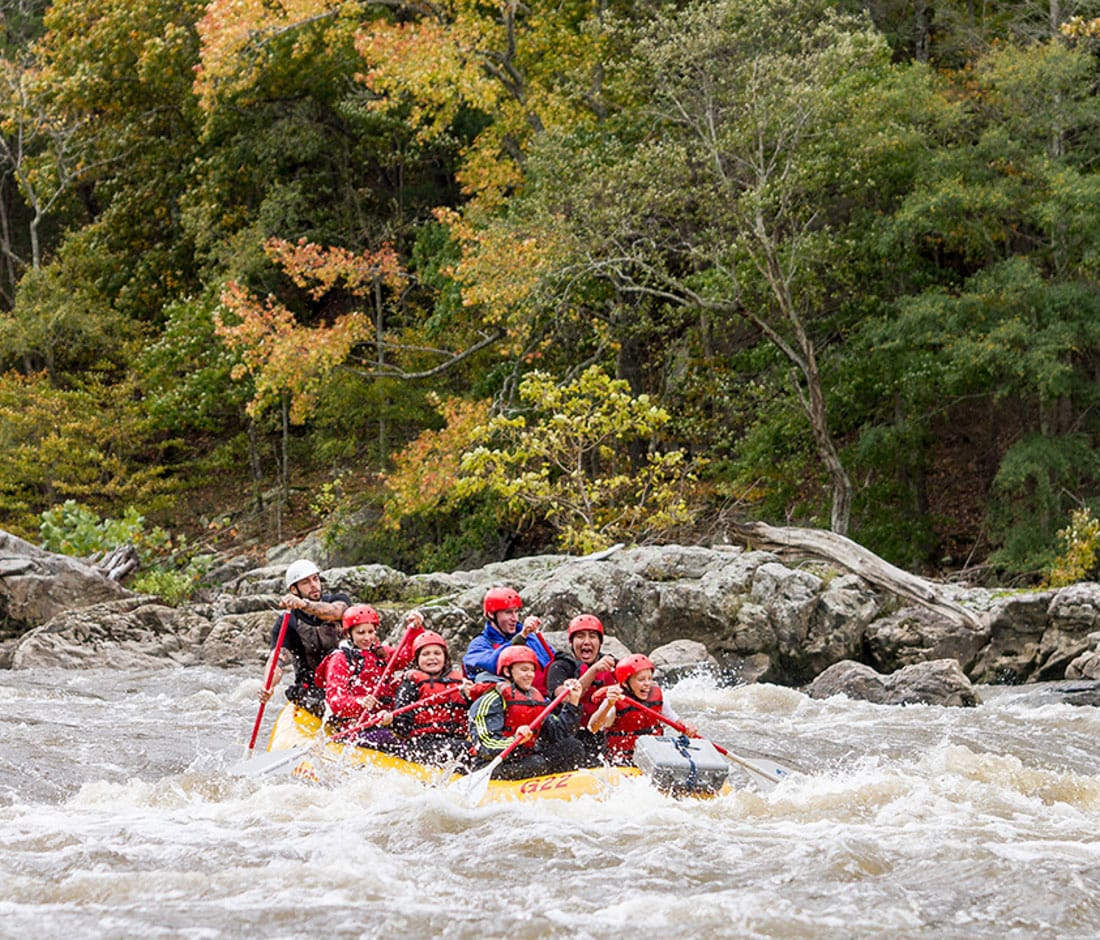
French Broad River Rafting Full Day With Lunch Nantahala Outdoor Center

The Different Classes Of Rapids Explained
Oregon Rafting Rock Climbing Course For Girls Outward Bound
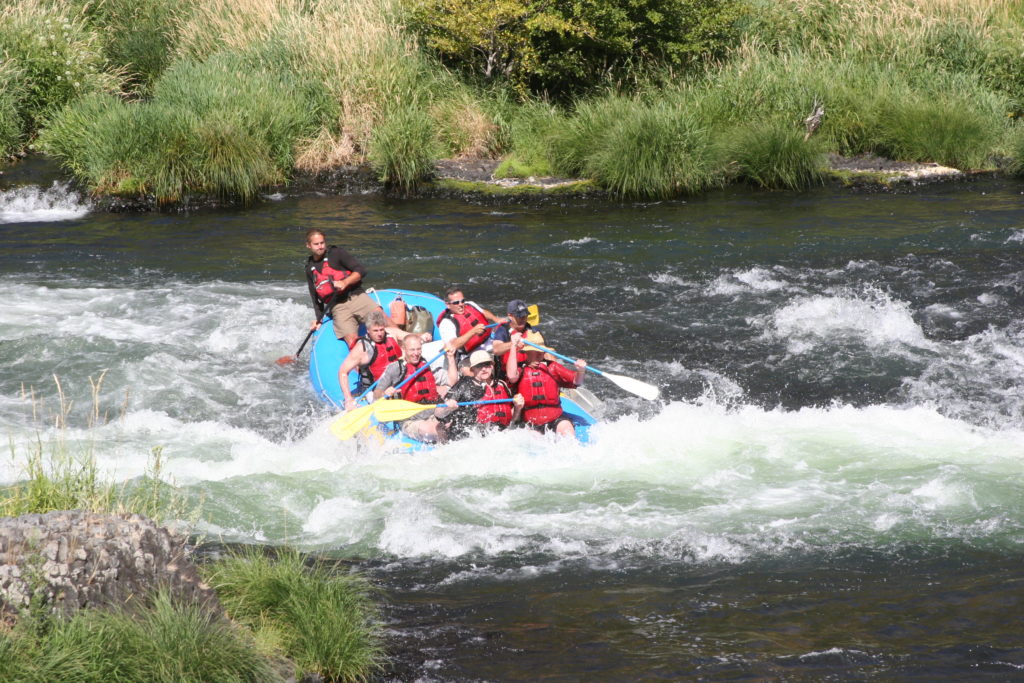
First Class Floating Whitewater Rapids Classes 101 Imperial River Company

Whitewater Rafting Classes Of Rapids Boring To Scary Paddle Camp

Whitewater Rapids The Universal Classification Guide

Whitewater Classifications Explained Row Adventures

Whitewater Rafting Classes Of Rapids Boring To Scary Paddle Camp
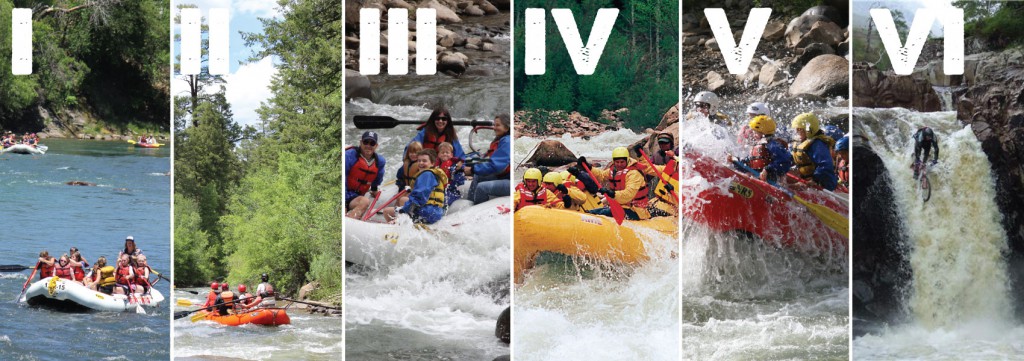
Rafting Trip Choosing The Right Rapids For You Mild2wildrafting
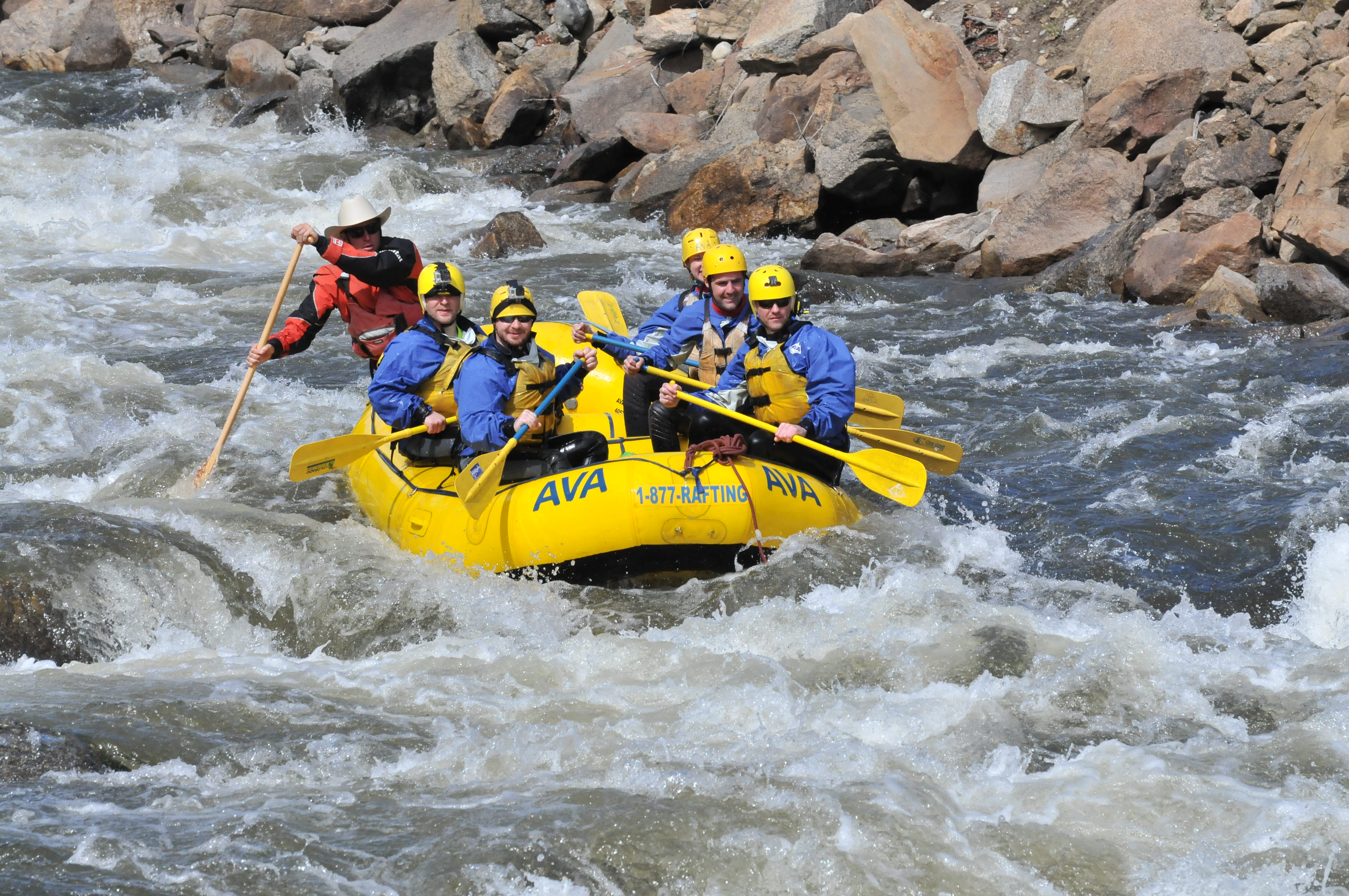
The Different Classes Of Rapids Explained

First Class Floating Whitewater Rapids Classes 101 Imperial River Company

Head Of The Class Best Rapids For Every Level

